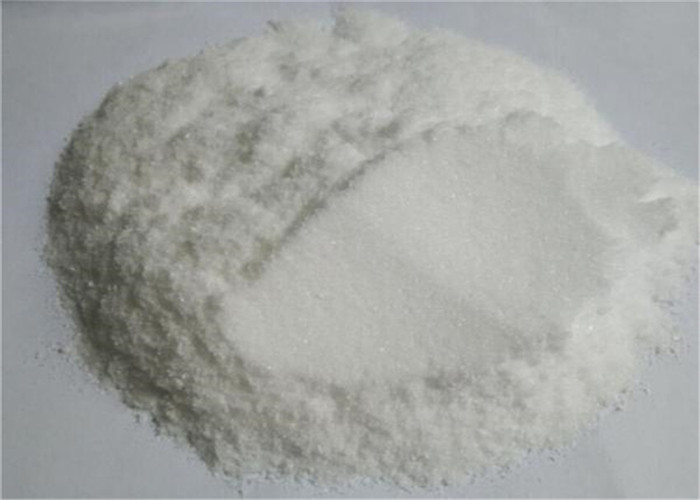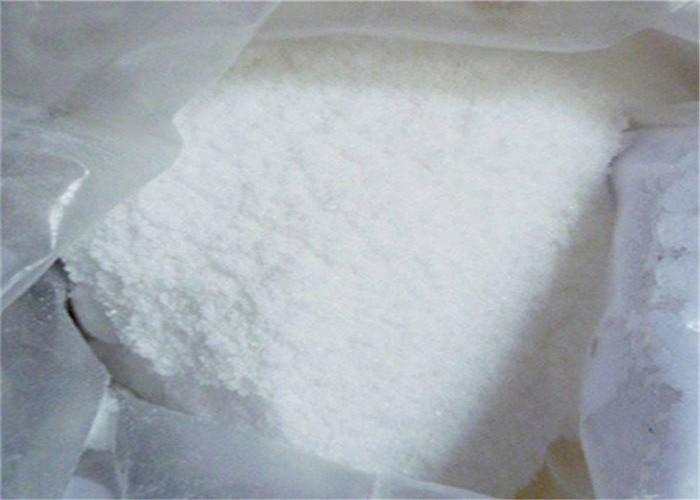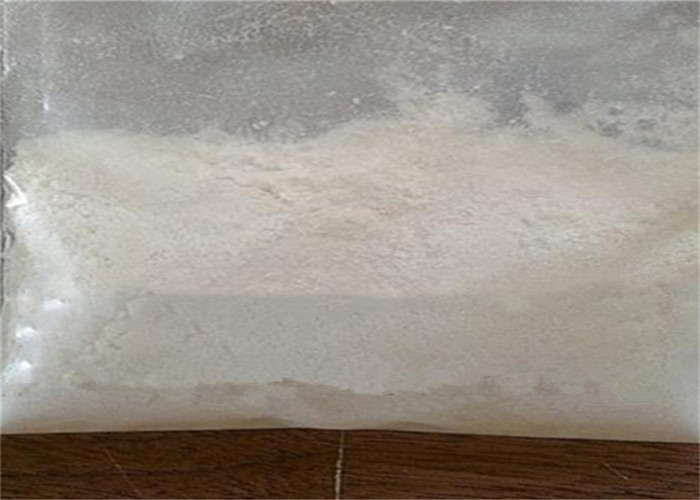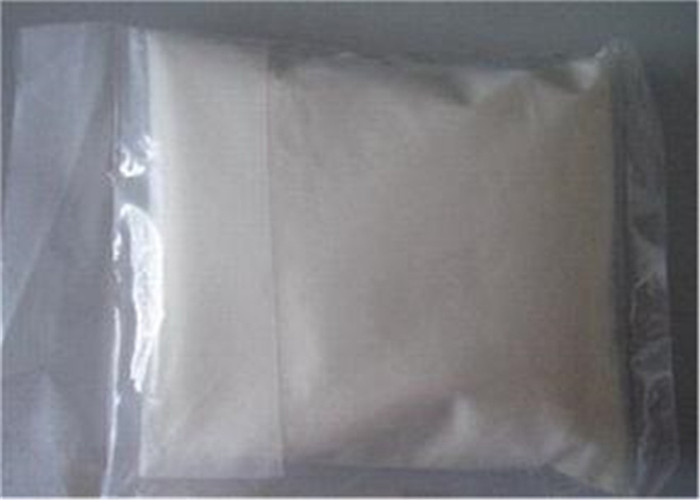Pharmaceutical Raw Materials Diclofenac Sodium GMP Certification
Información básica:
nombre del producto: Diclofenaco sódico
Sinónimos: diclophenacsodium;gp45840;huma-difenac
CASO: 15307-79-6
MF: C14H10Cl2NNaO2
MW: 318.13
EINECS: 239-346-4
MP:288-290° C
temperatura de almacenamiento. -20° C Congelador
Solución antibacteriana necesaria en alcohol bencílico de aceite esteroide: 50 mg / mL
Propiedades químicas: White Crystalline powder
Uso : Intermedios farmacéuticos .
Solicitud
NSAID Diclofenac sodium
1. Diclofenac sodium: nonsteroidal anti-inflammatory drug (NSAID) which is primarily used to help treat the symptoms of arthritis.
2. Diclofenac sodium: These medications can help reduce the swelling and inflammation caused by the disease to help provide comfort to the patient.
3. Diclofenac sodium: used to help relieve the symptoms of rheumatoid arthritis, osteoarthritis, pain, inflammation, hinchazón, stiffness and joint pain. In some cases, this medication will be used as part of a treatment regimen for ankylosing spondylitis, menstrual cramps or acute migraine attacks
Mechanism of Action of Diclofenac sodium:
1. The primary mechanism responsible for its anti-inflammatory, antipyretic, and analgesic action is thought to be inhibition of prostaglandin synthesis by inhibition of cyclooxygenase (COX). It also appears to exhibit bacteriostatic activity by inhibiting bacterial DNA synthesis
2. Anti-inflammatory painkillers like diclofenac are sometimes called non-steroidal anti-inflammatory drugs (NSAIDs), or just ‘anti-inflammatories’. Diclofenac is given to treat painful conditions such as arthritis, sprains and strains, gout, migraine, dental pain, and pain after surgical operations. It eases pain and reduces inflammation. Diclofenac is available on prescription.
3. Diclofenac works by blocking the effect of chemicals in your body, called cyclo-oxygenase (COX) enzymes. These enzymes help to make other chemicals in the body, called prostaglandins. Prostaglandins are produced at sites of injury or damage, and cause pain and inflammation. By blocking the effect of COX enzymes, fewer prostaglandins are produced, which means pain and inflammation are eased.
4. Inhibition of COX also decreases prostaglandins in the epithelium of the stomach, making it more sensitive to corrosion by gastric acid. This is also the main side effect of diclofenac. Diclofenac has a low to moderate preference to block the COX2-isoenzyme (approximately 10-fold) and is said to have, therefore, a somewhat lower incidence of gastrointestinal complaints than noted with indomethacin and aspirin.













 Gerente de ventas
Gerente de ventas